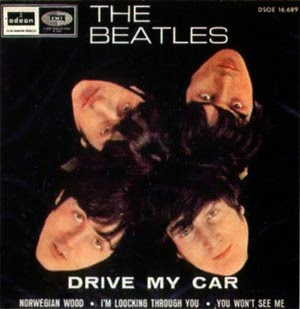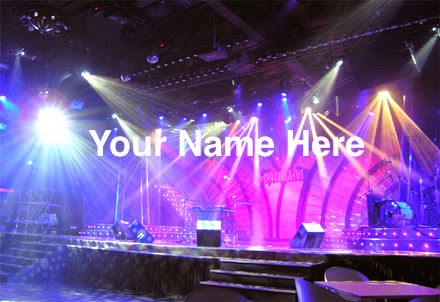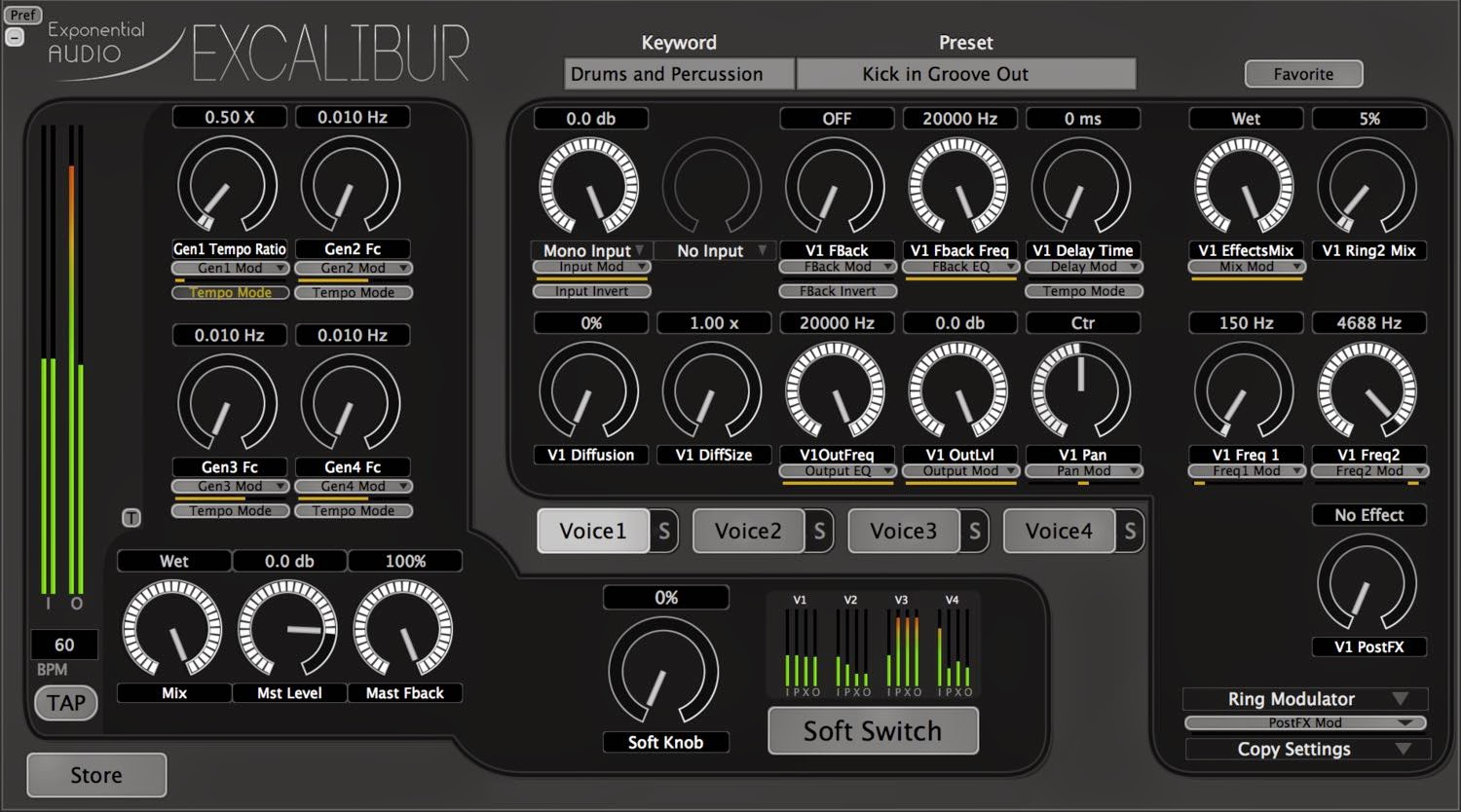From his very first hit (Van Morrison's Moondance) to the highest levels of music art and commerce mixing Steely Dan, The Eagles, Beyonce, Fleetwood Mac, Foo Fighters, Eric Clapton, Sting, and Paul McCartney (just to name a few), Elliot has been the man to go to when a superstar needs a hit.
I'm really pleased to have him on my latest Inner Circle podcast. We've been friends for a long time, but I always learn something new when I speak to him.
On the intro, I'll talk about the pros and cons of Jay-Z's Tidal streaming service relaunch, and the new AES 3D Audio standard.
Remember that you can find the podcast at BobbyOInnerCircle.com, or either on iTunes or Stitcher
Don't forget to check out my Music 3.0 blog for tips and tricks on navigating social media and the new music business.






